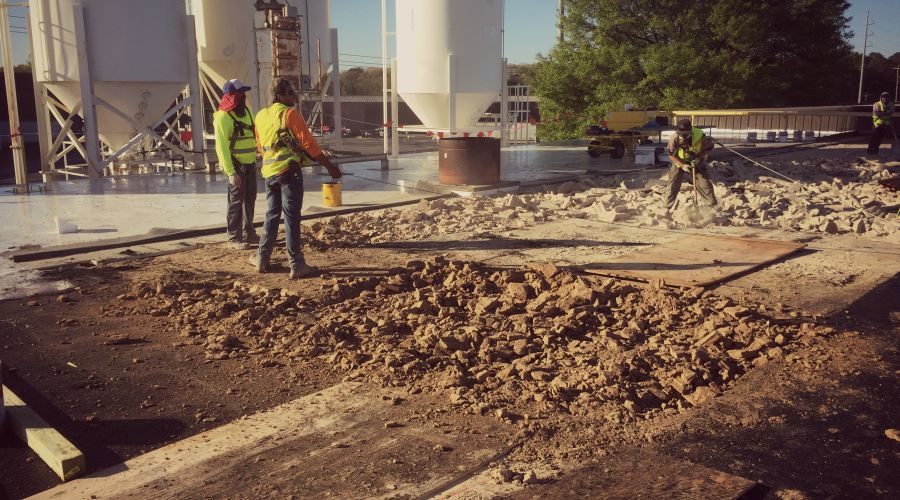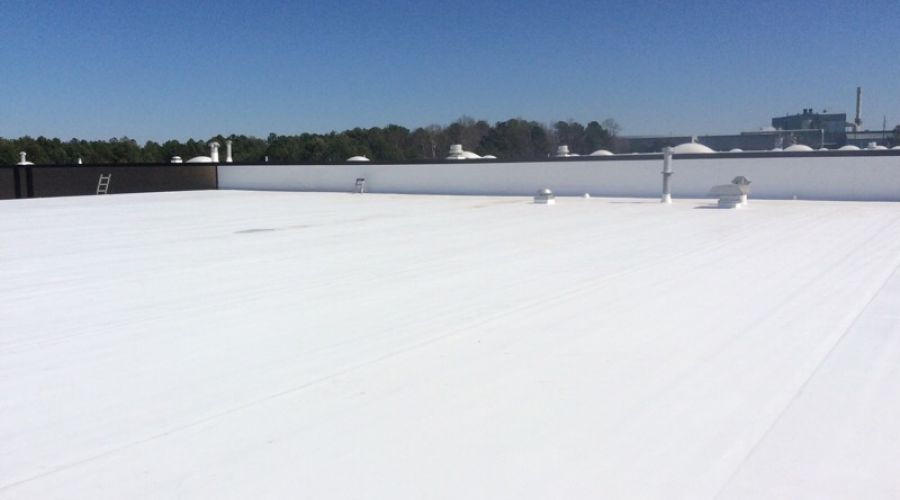
Single Ply Roofing
Single-ply roofing is essentially any flexible sheet of compounded plastic-derived material that is used to protect and cover flat and low-sloped buildings. Not all single-ply roofing options are identical, but they do share some basic properties.
The three primary types of single-ply roofing are Polyvinyl Chloride (PVC), Ethylene Propylene Diene Monomer (EPDM), and Thermoplastic Polyolefin (TPO). PVC single-ply roofs have been in use the longest, and are still a popular option, although TPO and EPDM currently lead the industry.
In all cases of single-ply roofs, large membrane sheets are manufactured remotely before being transported to the site where they will be used. Because of standardization, single-ply roofs are sealed much better than classic asphalt and gravel systems. The consistency of thickness and dimensions for prefabricated membranes are also easy to monitor and control.
In order to reduce the number of seams, which may present minor vulnerabilities in the final roof, these membranes are made with enormous dimensions. Due to the overall size of these membranes, mechanical lifting and transportation is usually required at installation, but the superior results are worth the extra effort.
BENEFITS
The plastic membranes used in single-ply roofing are prefabricated in factories with high levels of quality control. For over three decades, these roofs have been tested and improved, displacing older options such as tarpaper. Single-ply roofs are superior to dated options in nearly every way, including resilience, long-term cost, and versatility.
Because of the many various installation and material options, single-ply roofs are an adaptive solution. Commercial builders have the freedom to choose from any standard that meets their needs in terms of cost, benefits, longevity, and consistency with other elements of the building construction involved.
Single-ply roofs are known to effectively combat water penetration and heat while still surviving UV exposure, changes in temperature, building movement, and ordinary traffic. While different types of single-ply roofs have varying levels of strength in each category, they are all regarded as effective solutions. In some cases, where a single factor matters most, such as chemical resistance, a particular single-ply roofing option may stand out as the most appropriate system to use.
INSTALLATION
For single-ply roofing systems, there are several basic installation options:
The Ballasted System: A ballasted roofing system is inexpensive to install and provides coverage in a short amount of time. Large rubber roofing membranes are loose laid on top of insulation or the roof deck, then covered by appropriate ballast, such as gravel, pavers, or vegetation.
The Mechanically Attached System: With a mechanically attached installation, flat rubber roofing membranes are fastened to underlying metal plates. Nothing is placed on top of the membranes, unlike in the ballasted system.
The Fully Adhered System: When roofs have are sloped instead of completely flat, fully adhering the membranes may be optimal. In order to anchor the roof, the membranes are attached to mounting plates. Then, a technician will use an adhesive to bond the single-ply roofing to the insulation below.
To Get Started With Your Free Inspection, Call 770-248-5787 or email us.
Our Other Roofing Systems

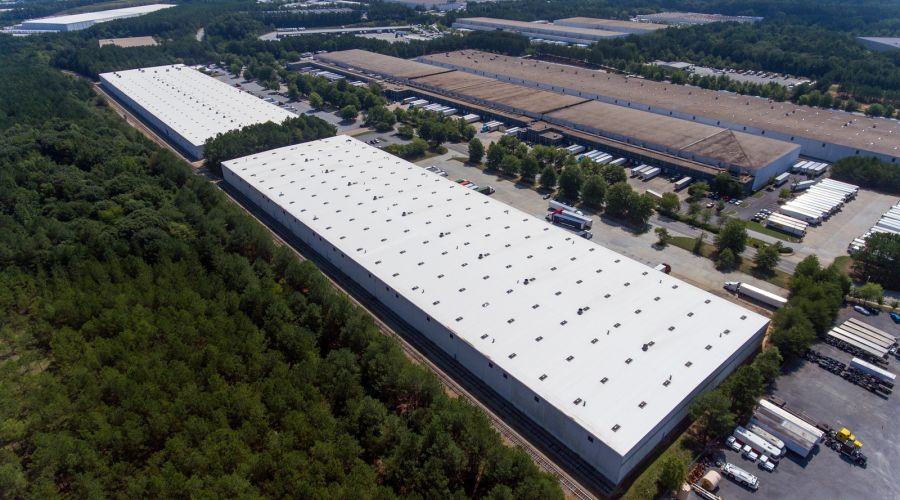
Thermoplastic TPO
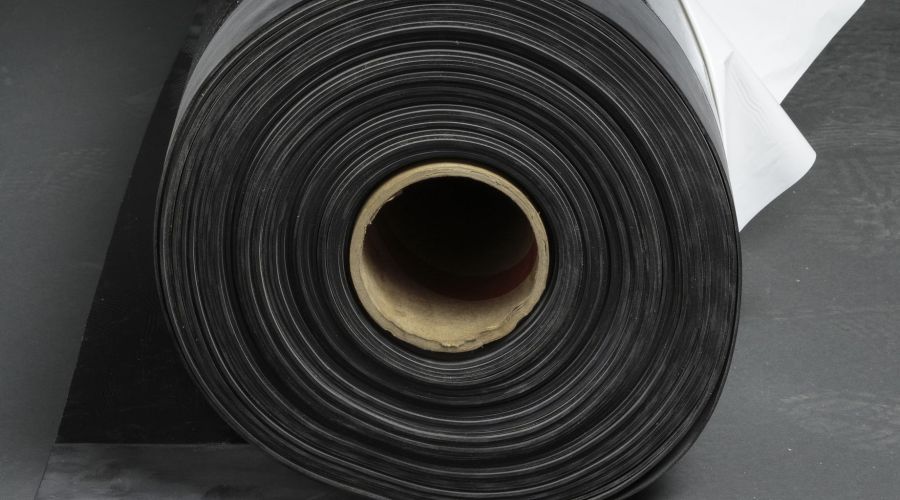
EPDM
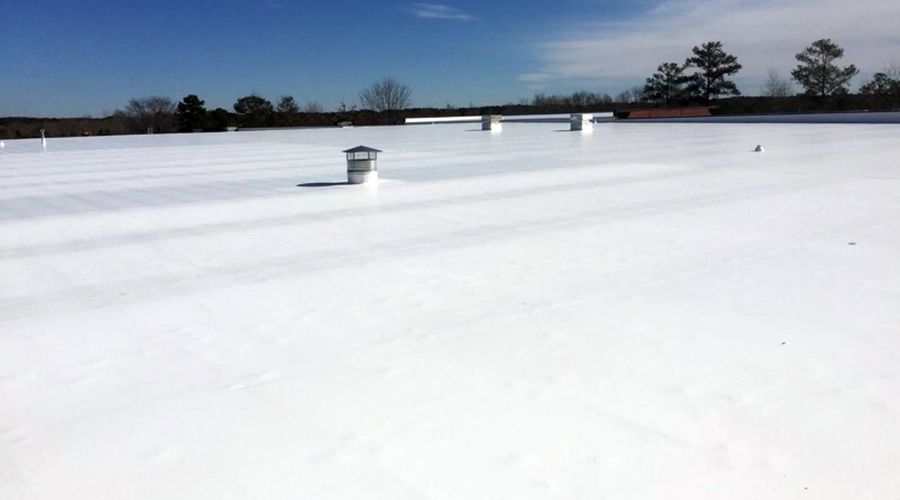
Thermoplastic PVC
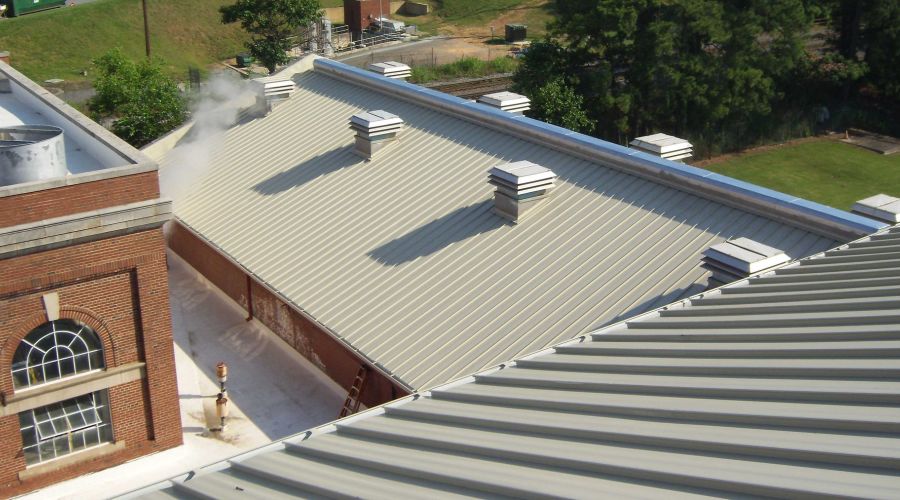
Metal Roofs
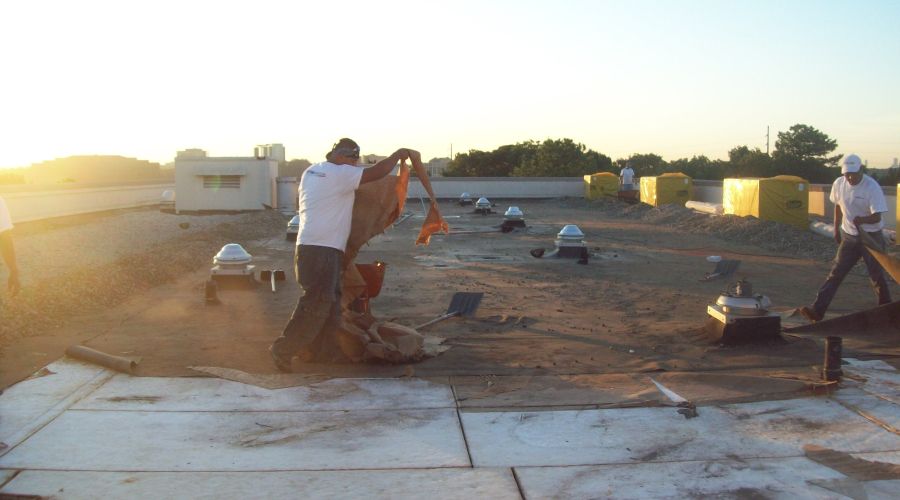
Modified Bitumen
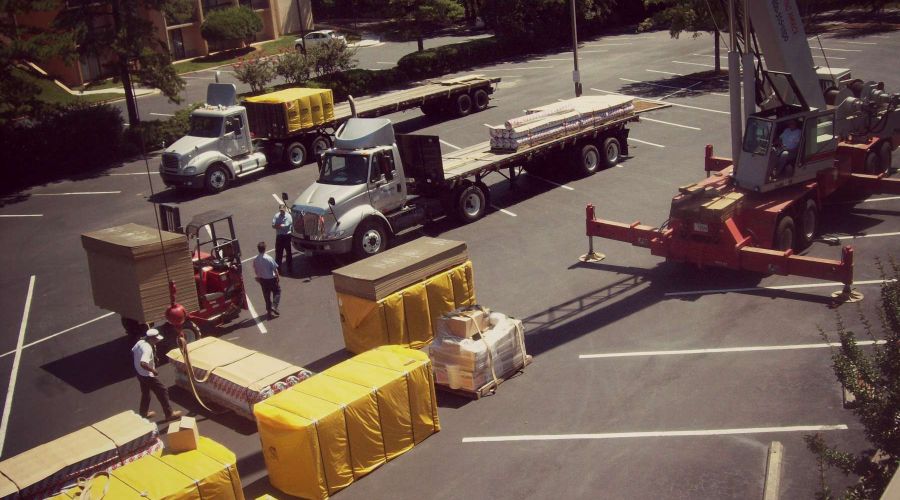
Elastomeric Coatings
